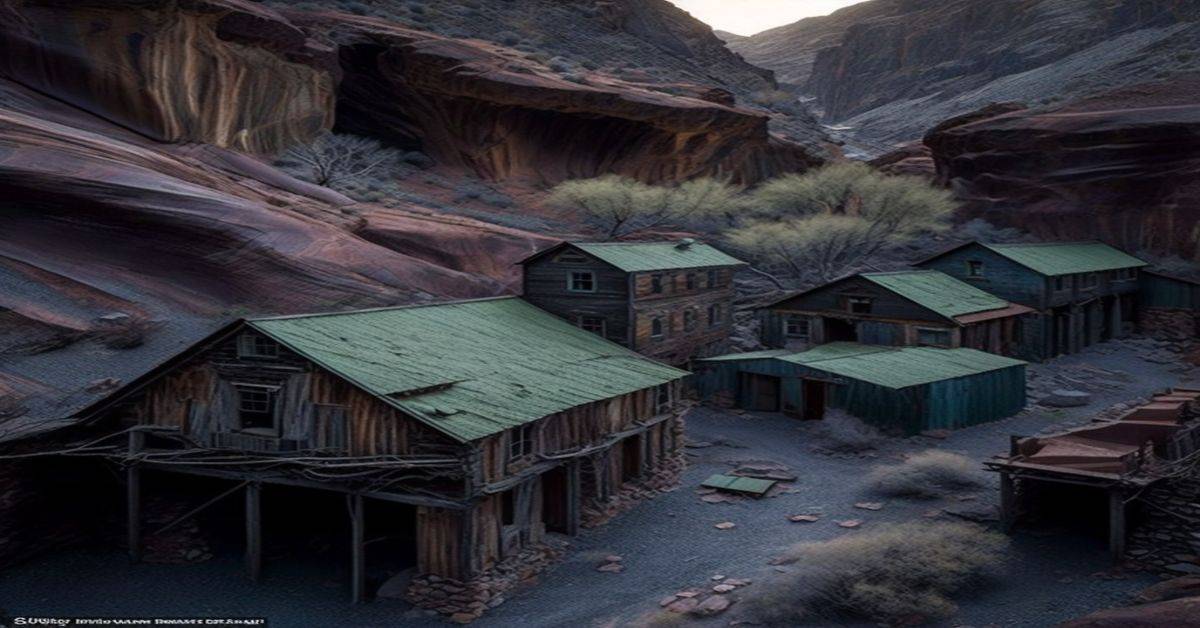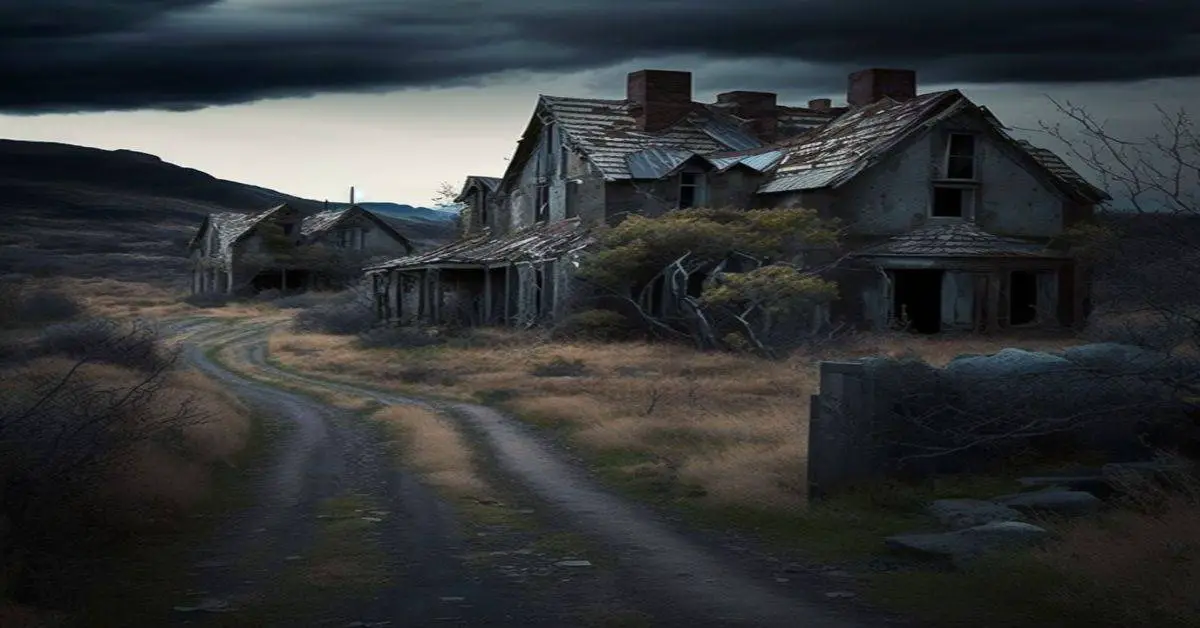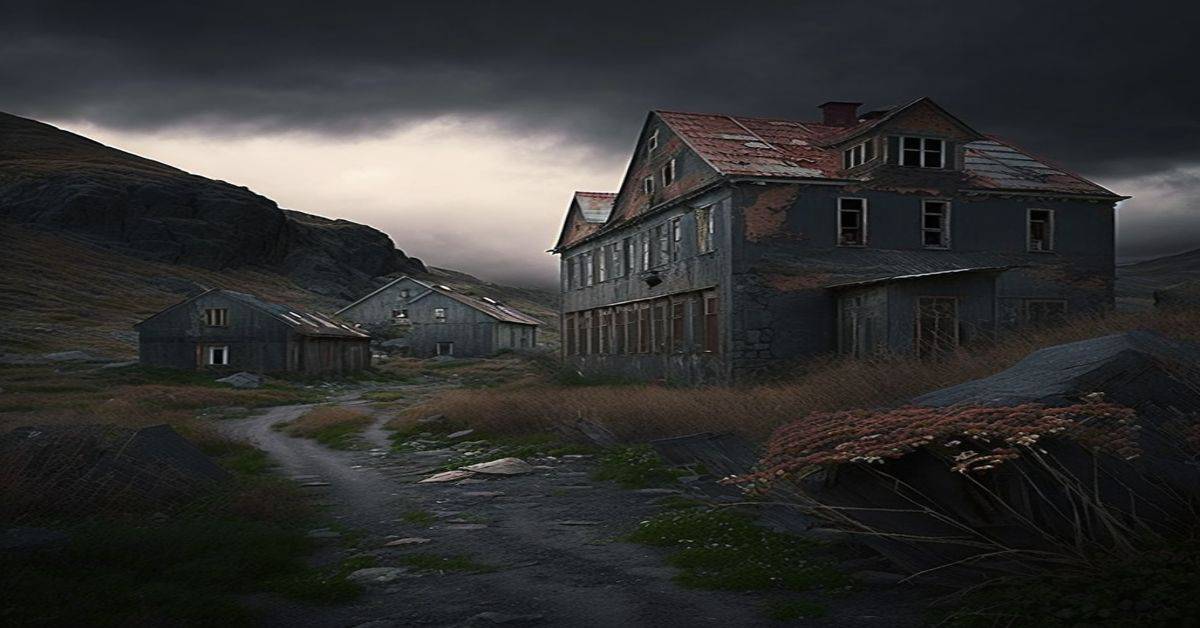As one strolls through the dense woods and lush greenery of the Croom Wildlife Management Area, Florida, it’s easy to imagine when the area was a bustling agricultural town. The remnants of Croom’s past can still be scattered throughout the area, from the old foundations and brick vat to the remains of the Iron Bridge and family cemeteries.
The town was once an important hub for turpentine stills, sawmills, sugar mills, and railroad infrastructure, and people from nearby Brooksville would ride the train to swim in the river under the Old Iron RR Bridge.
Today, Croom is a ghost town, and many of its artifacts and structures have been reclaimed by nature. However, the history and importance of this once-thriving town remain significant, and exploring the area can be a fascinating journey through time.
In this article, we will delve into Croom’s forgotten past, uncovering the artifacts that still exist and exploring the area as it stands today. From deserted family cemeteries to the ferry caretaker’s home, Croom’s past offers a glimpse into a bygone era and the lives of the people who once called it home.
Key Takeaways
- Croom, Florida was a bustling agricultural town known for turpentine production, sawmill, sugar mill, RR switch out, and a RR Bridge in the late 1890s.
- Croom’s past remains scattered throughout the Croom Wildlife Management Area, including deserted family cemeteries, old foundations, and artifacts such as brick vats and the Iron Bridge that once spanned the Withlacoochee River.
- The Croom Wildlife Management Area is now a valuable resource for those interested in exploring the town’s forgotten past and natural beauty that still thrives there, with hiking and bike trails that take visitors through the woods.
- Visitors should keep a safe distance from any wildlife they encounter and not attempt to feed or approach them.
Croom’s History and Importance
The history and importance of Croom are evidenced by its past as a vital agricultural town in the late 1890s. The town was known for its turpentine production, sawmill, sugar mill, RR switch out, and a RR Bridge, which played a crucial role in the growth and development of the region.
Turpentine production was a significant industry in Croom, and many residents worked in the turpentine stills to extract resin from pine trees, which was then used in various products, including paint, varnish, and medicine.
In addition to its importance in the turpentine industry, Croom, Florida was also a hub for ferry operations. A ferry used to run in the area, and the ferry caretaker’s home reportedly still exists. People from Brooksville would ride the train to swim in the river under the Old Iron RR Bridge, highlighting the town’s significance and popularity during its heyday.
Although Croom is now a wildlife management area with hiking and bike trails, its various landmarks and artifacts, including deserted family cemeteries, serve as a reminder of its rich history and importance in the region.
Remains and Artifacts
Numerous artifacts and remnants, including deserted family graveyards and old foundations, are scattered throughout the woods and hiking trails in the Croom Wildlife Management Area. These remnants are a testament to the town’s rich history, and visitors can explore the various sites to understand the area’s past.
One notable feature of the area is the deserted family cemeteries, often hidden by overgrown vegetation. These cemeteries offer a glimpse into the lives of those who once lived in the area, and visitors can pay their respects to the families who once called Croom home.
In addition to the cemeteries, other hidden treasures are scattered throughout the woods. Old foundations and brick vats, along with remnants of the Iron Bridge that once spanned the Withlacoochee River, can be found. Visitors can also explore the remains of the 1900 Thomas House, which served as a residence for one of the area’s prominent families.
These artifacts offer a unique perspective on the town’s history and provide a tangible connection to the past. Overall, the remnants and artifacts scattered throughout the Croom Wildlife Management Area are a valuable resource for those interested in exploring the town’s forgotten past.
Exploring the Area Today
Visitors to the Croom Wildlife Management Area can experience the beauty of nature while exploring the remnants of a once-thriving town, but have you ever wondered what it would be like to step back in time and witness the area’s history firsthand?
Today, visitors can hike along the trails the town’s residents once walked and witness the wildlife that still roams the area. The trails take you through the woods, where you can see the remains of old foundations, a brick vat, and deserted family cemeteries. Be sure to bring a map or GPS device, as the area can be quite extensive.
Wildlife sightings are a common occurrence in the Croom Wildlife Management Area. Visitors can expect to see various animals, including deer, wild turkeys, and even the occasional black bear. Keep a safe distance from any wildlife you encounter, and do not attempt to feed or approach them.
The area’s beauty is in the remnants of the town’s past and the natural wonders that still exist today. Exploring the Croom Wildlife Management Area offers a unique glimpse into the history of the area and the natural beauty that still thrives there.
Frequently Asked Questions
Are there any ghost sightings or paranormal activities reported in Croom, Florida?
There are no documented ghostly sightings or supernatural rumors reported in Croom. The area is primarily known for its historical significance and current use as a wildlife management area with hiking and biking trails.
What caused the decline of Croom as a thriving agricultural town?
The decline of Croom as a thriving agricultural town can be attributed to various economic factors, including the depletion of natural resources, competition from neighboring towns, and the decline of the lumber industry.
Are there any notable events or famous figures associated with Croom’s history?
There are no notable individuals or historic events associated with Croom’s history. However, the town was a vital agricultural center in the late 1890s, with a turpentine still, sawmill, sugar mill, RR switch out, and a RR Bridge.
What is the current state of preservation and maintenance of the remains and artifacts in the area?
The remnants of Croom’s past are like a forgotten garden slowly reclaimed by nature. Preservation efforts include marking family cemeteries and restoration plans for the 1900 Thomas House, but more funding is needed to protect and maintain the area fully.
Are there any restrictions or regulations on hiking, biking, or hunting in the wildlife management area?
Regulations for camping and permits may apply in the Croom Wildlife Management Area. Human activities like hiking, biking, and hunting may impact the wildlife habitat, requiring caution and adherence to rules and regulations.


